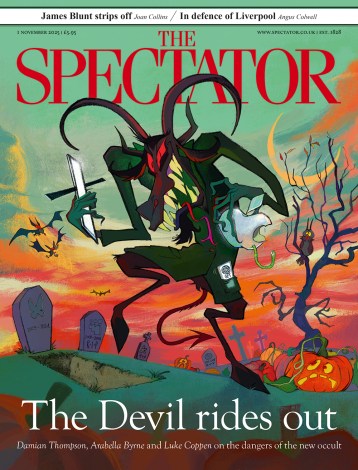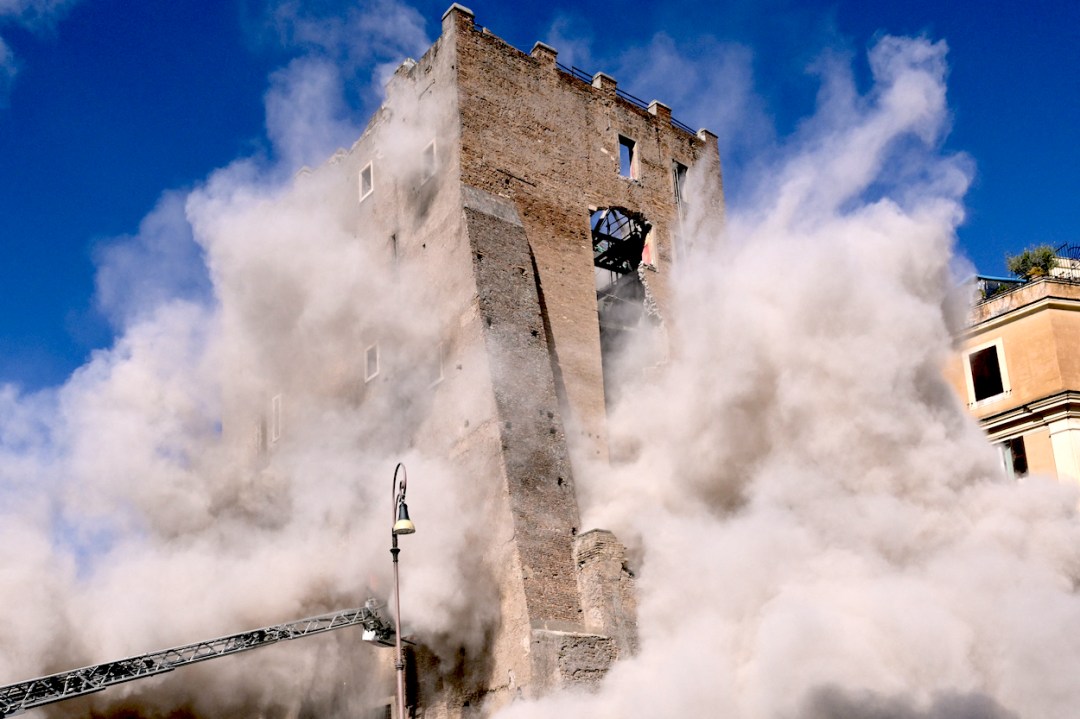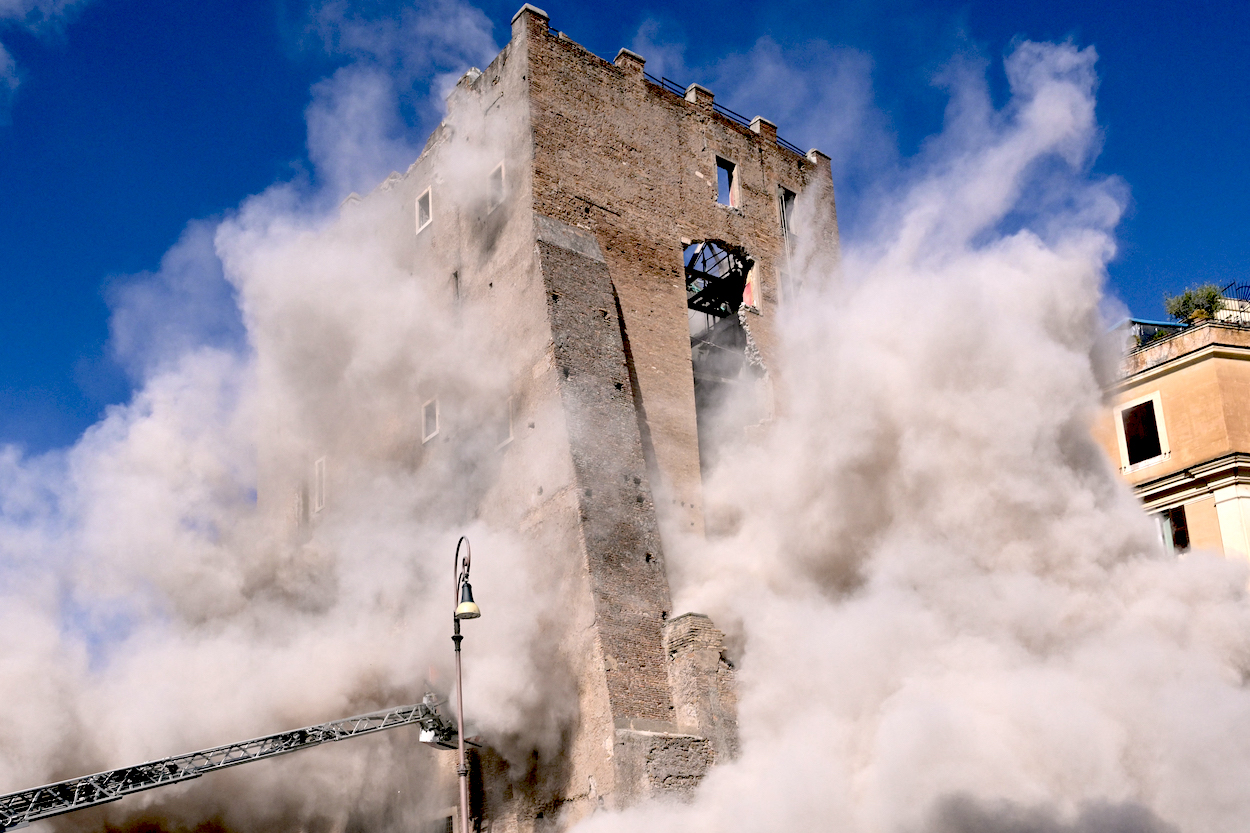The Torre dei Conti, next to Rome’s Forum, partially collapsed yesterday. A construction worker who was carrying out restoration work on the tower was trapped and eventually killed, but this is not the first time the Torre dei Conti has been involved in the death of Romans. The 45 or so remaining medieval towers of Rome are not high on the list of most visitors to the city, but they stand testament to a fascinating, violent and formative period of Rome’s history.
The Torre dei Conti was built in the thirteenth century by the Conti family, the family of Pope Innocent III, as a fortified residence to defend and strengthen their power base at the heart of the city. Rome then was a highly militarised society, and towers were the symbol of power, military dominance and control. Medieval Roman violence functioned within its own social context and uncontested violence could even be seen as a proof of right. If land was violently seized from the people working it, for example, and this violence was not met with either violent rebuttal or a complaint in law, the seizer could legitimately use the lack of rebuttal as a claim on the land. As such, violence, or at least the theatre of violence, became a part of medieval urban politics. Italy’s medieval urban life was ‘dominated by tall towers, long knives and short tempers’, to take a phrase from Stephen P. Bensch’s book Barcelona & its Rulers, 1096-1291.
The wealthy families of Rome had been slowly fortifying the city since the early eleventh century, and towers were at one point so numerous (estimates number up to 900) that a medieval pilgrim described Rome as appearing like a wheat field because it had so many ‘stalks’. These, however, were not the tall slim towers of Bologna or San Gimignano. A Roman tower is stolid and squat. It conveys strength, almost brutishness. Medieval Rome was largely a city of wood and thatch squatting amid the classical ruins. The powerful families built on and over the ruins, ‘salvaging’ materials from the buildings of ancient Rome and staking the power base of their family directly at the site of power of the classical greats.
But these were not merely visual statements. Roman towers were a key weapon in brutal urban civil wars. An account in Deeds of Innocent III describes a conflict that began over the building of a tower. People had objected to the construction project, and built their own wooden towers in response. They threw stones and boiling water from their towers at their adversaries. Vying towers were rebuilt in stone and brick, and they were gained and lost in bloody and fatal battles between a growing list of combatants. Most of the city became engaged in the fight. Eventually it fizzled out when finances dried up for the key parties.
The Torre dei Conti itself was occupied during an uprising so violent that the Pope took refuge in another nearby tower. The people of the city took advantage of the power vacuum and climbed the Torre dei Conti, declaring it city property. It was this ongoing violence in Rome that led Pope Clement V to flee to Avignon in around 1309, declaring Rome ungovernable. It would not be until 70 years later that Martin V would retake Rome, ushering in a new political elite and a new architectural symbol of power. In Martin V’s Rome, the palazzo grounded political power – length rather than height became the symbol of might.
The reshaping of Rome since has been dramatic. The towers that survived the violence and the earthquakes (the Torre dei Conti has partially collapsed at least three times before) were pulled down by subsequent regimes eager to eclipse the power of Rome’s old families. Contemporaneous English author Matthew Parris reported that 140 towers were pulled down in Rome in 1257 alone. Others were subsumed into palazzi, the visual reshaping of families into their new political allegiances. Still more were lost in Mussolini’s dramatic reshaping of Rome as he sought to sweep away the ‘clutter’ of medieval remnants of the city. He wanted to place himself in opposition to the grandeur and authority of classical Rome. The towers that remain are hidden in plain sight, a testament to the potential brutality of urban politics and a visual reminder of the importance of protecting our built heritage.








Comments